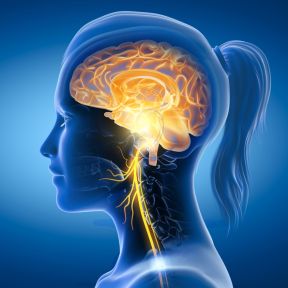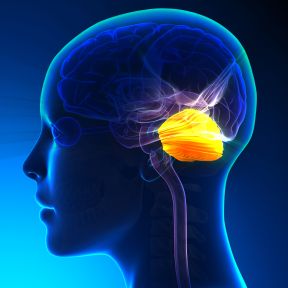
Left Brain - Right Brain
The human brain includes two hemispheres connected by a bundle of nerves. The left hemisphere controls movement for the right side of the body, while the right hemisphere directs the left side. The hemispheres specialize in distinct mental functions—different aspects of visual perception, for example—but most behaviors and abilities require activity in both halves of the brain.

Both sides of the brain collaborate to handle major functions such as language processing and vision. But they are also, to a degree, specialized. Some areas of the brain are more active than others during particular tasks, and one hemisphere may be more involved than the other in specific parts of a larger mental operation.
For example, Broca’s area and Wernicke’s area are both linked to language and are most commonly located on the left side of the brain. Yet the right hemisphere is also known to play a role in language processing. Meanwhile, the limbic system—which includes the amygdalae and hippocampi and is involved in functions such as emotion and memory—resides on both sides of the brain.
In language processing, it is usually the left brain that properly orders words during speech, while in visual perception, it registers the locations of objects in space relative to other objects.
The right brain, like the left brain, supports language, including in processing the correct meaning of a set of words with more than one possible implication (as in the case of figurative speech). And in visual perception, it processes the distance between objects.
Each brain hemisphere controls the movement of the opposite side of the body. In left-handed people, the motor cortex in the right hemisphere is dominant for fine motor behaviors, such as writing with a pencil. The reverse is true for right-handed people—the left hemisphere is stronger when it comes to such movements.

A widespread myth suggests that some people, whose left hemisphere is dominant overall, are more quantitative, logical, and analytical, while right-brained individuals are more emotional, intuitive, and creative. Like many ways of categorizing people, the left brain/right brain dichotomy is appealing, promising to teach individuals about how they think and why. But the reality of hemispheric specialization is much more complex than this popular concept suggests.
No. While the brain’s left and right hemispheres do handle distinct functions, their duties aren’t strictly divided according to broad categories like “logical” or “creative.” People can't be split neatly into groups with special strengths based on one hemisphere being more dominant.
The “left-brained” type has been described as logical, analytical, and detail-oriented, while “right-brained” people have been characterized as creative and intuitive—though other supposed traits have been attributed to each. (In any case, the "left-brained" and "right-brained" types are not scientifically supported.)
The concept of “left-brained” and “right-brained” individuals appears to stem from research in the 1960s on “split-brain” patients, whose corpus callosum (the bridge between hemispheres) had been separated. The research revealed that patients responded in different ways to stimuli such as images, depending on which brain hemisphere perceived them.














